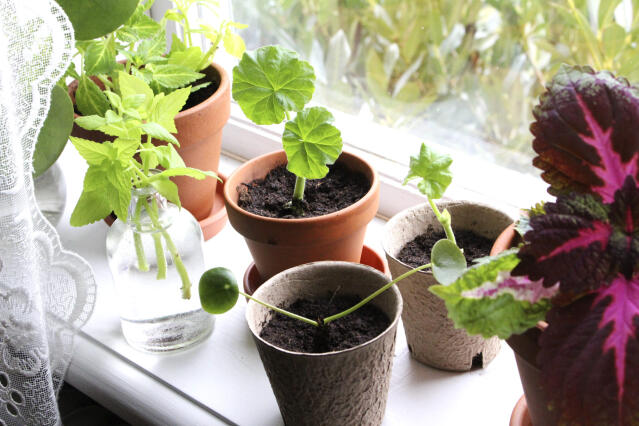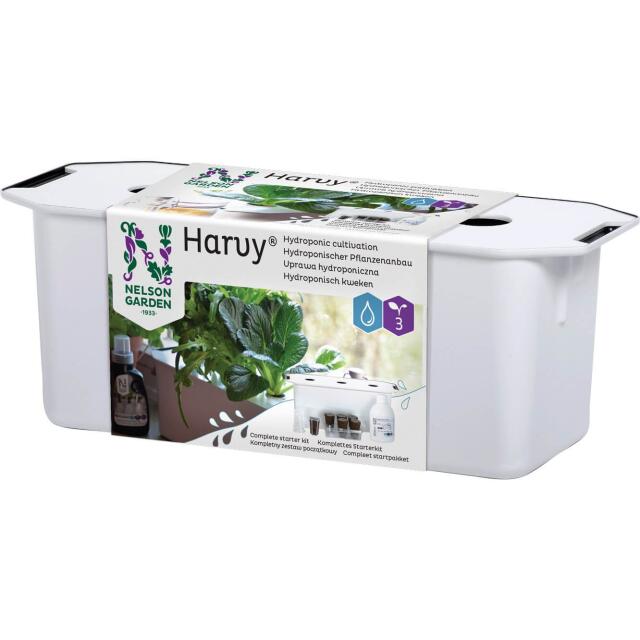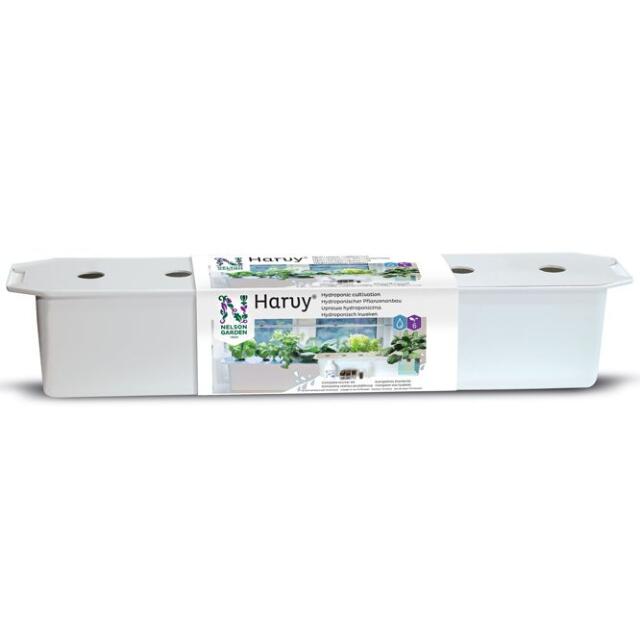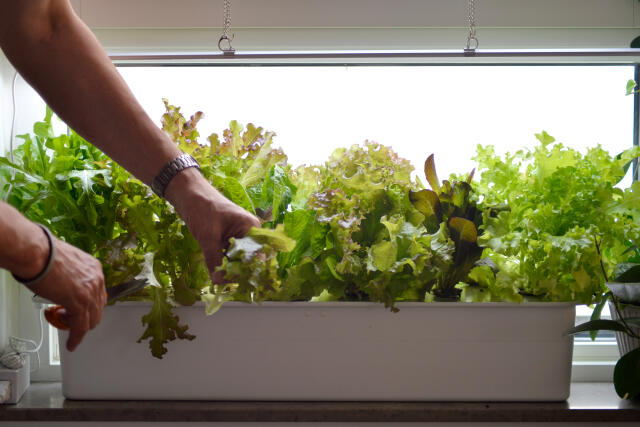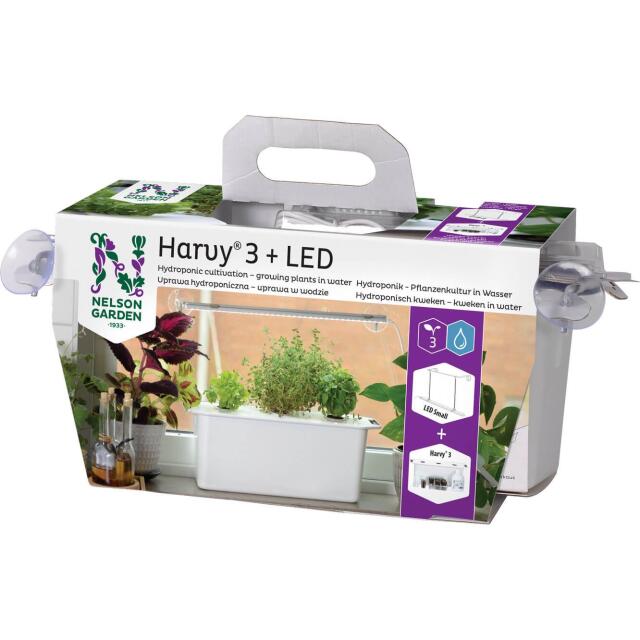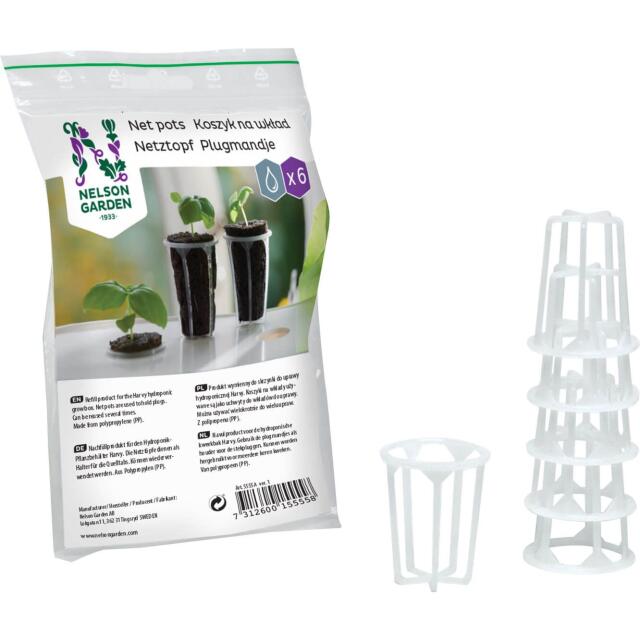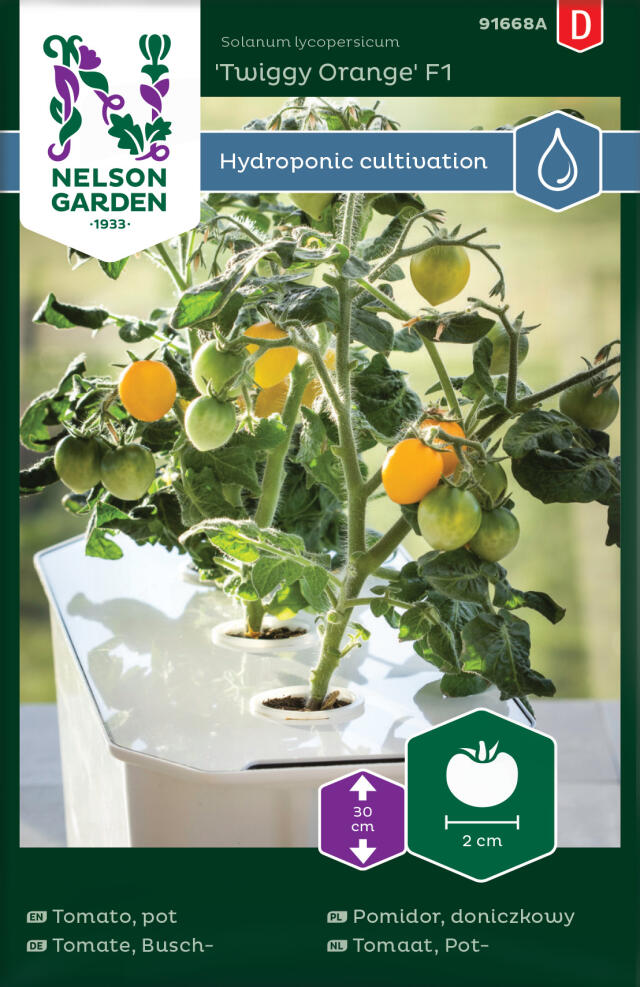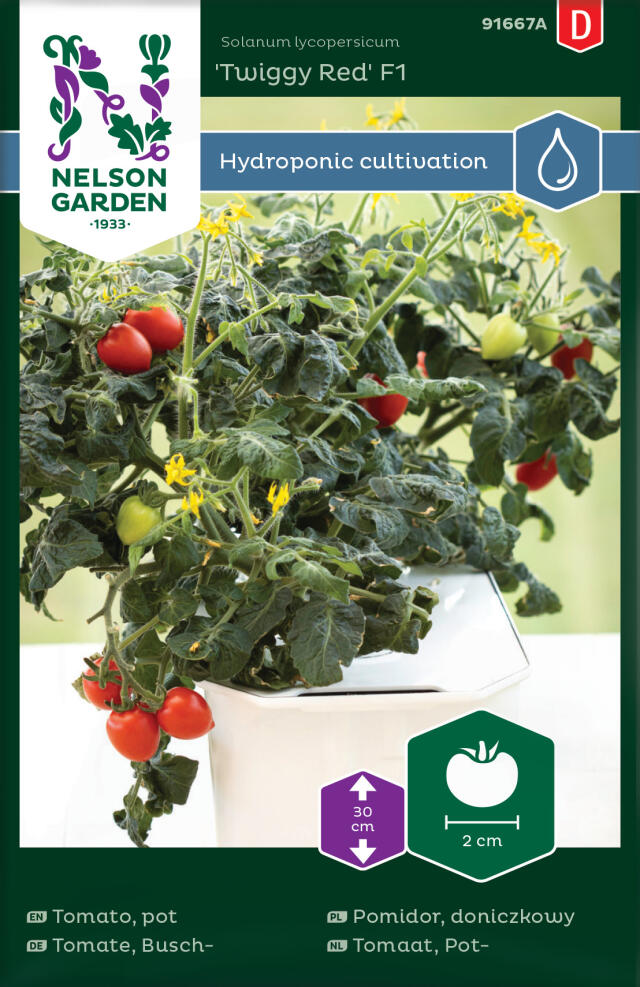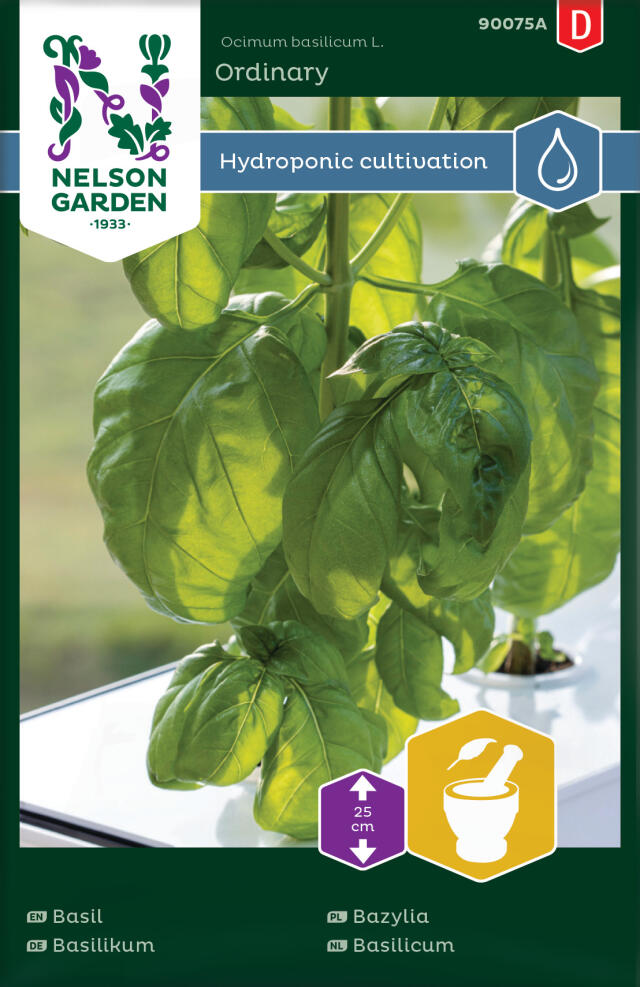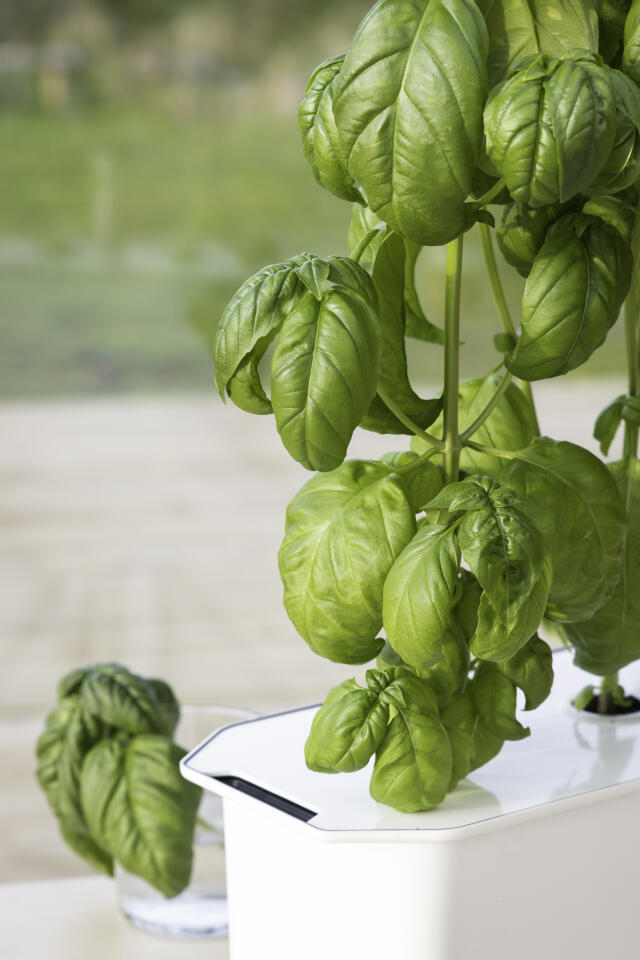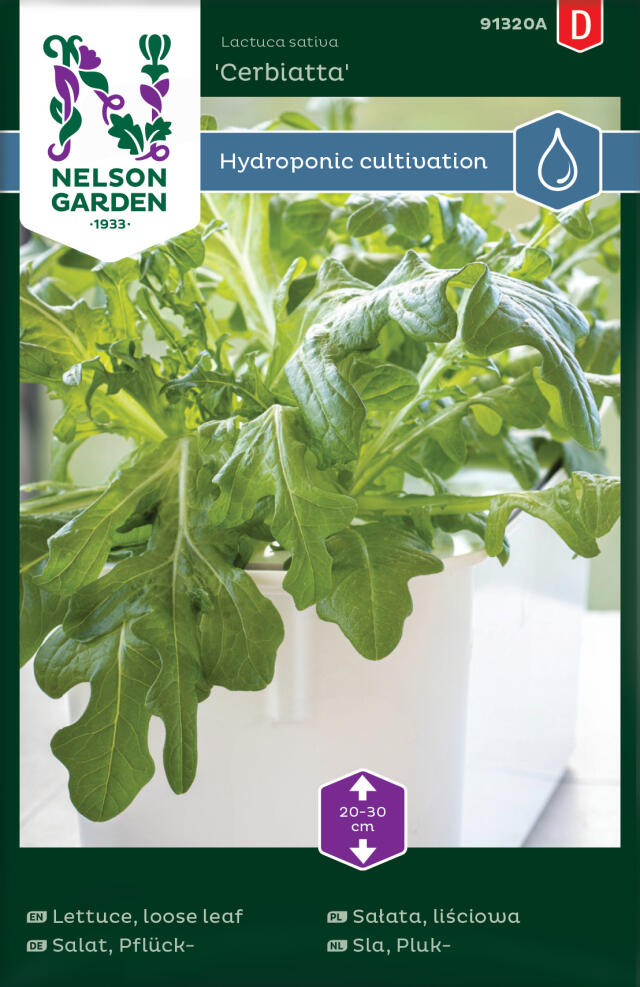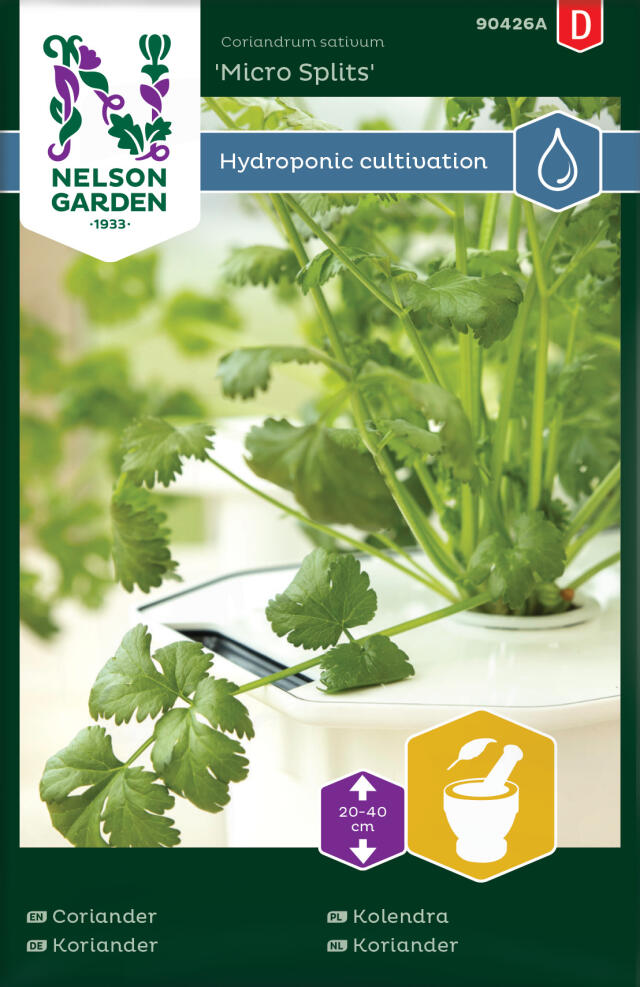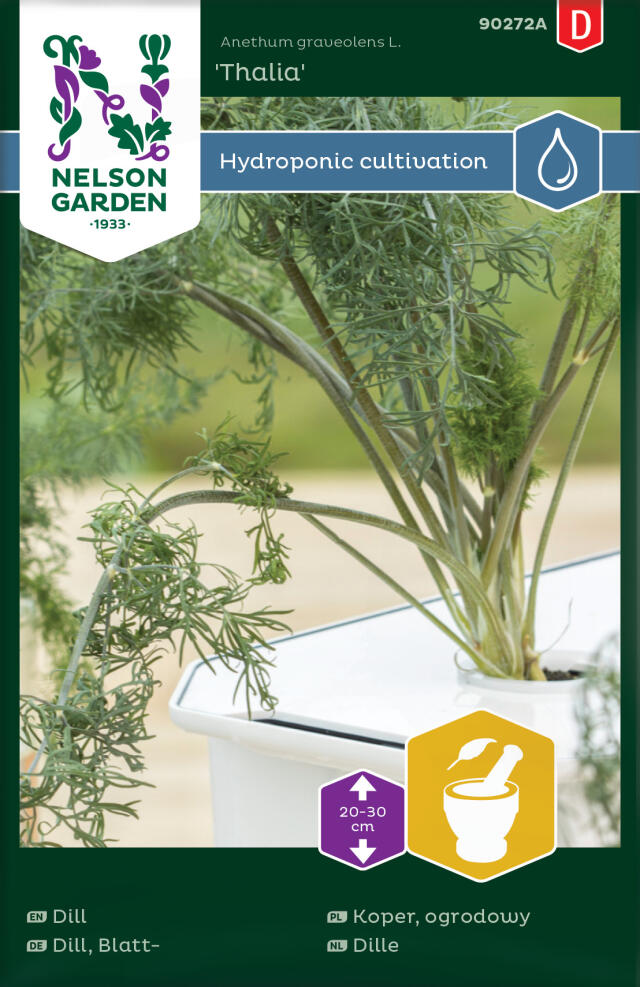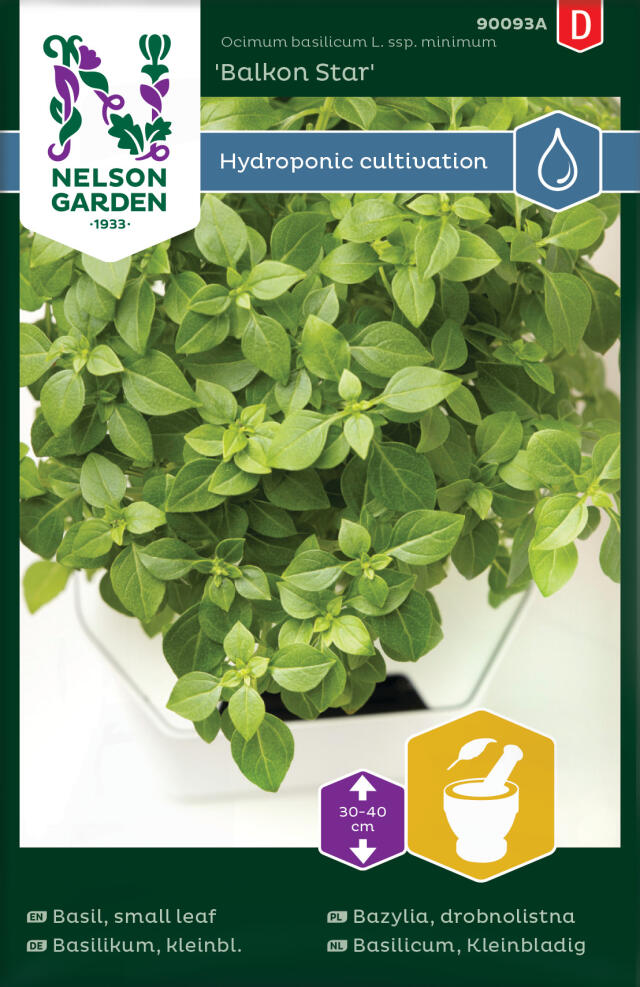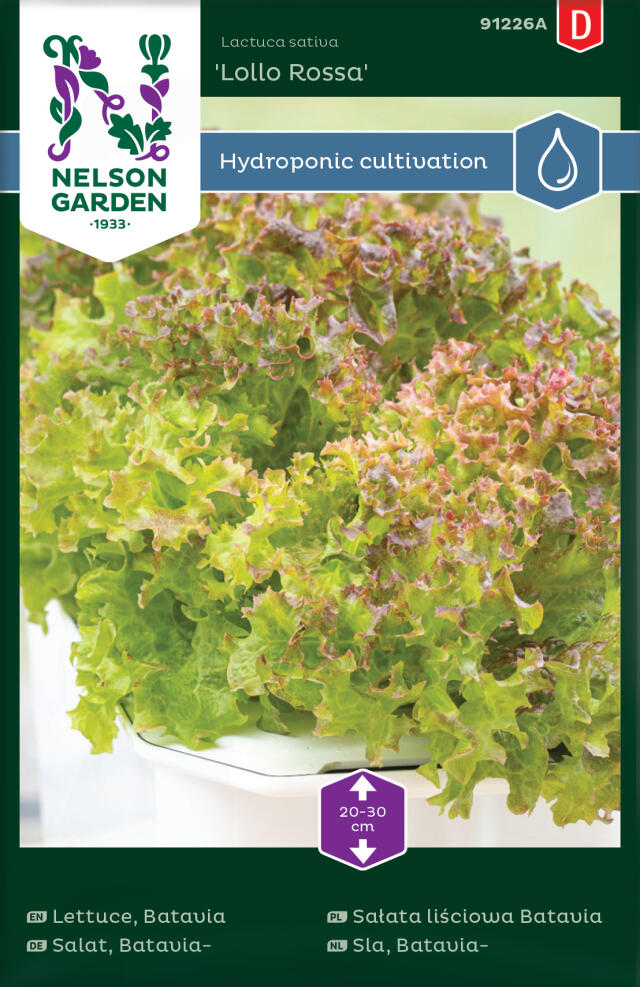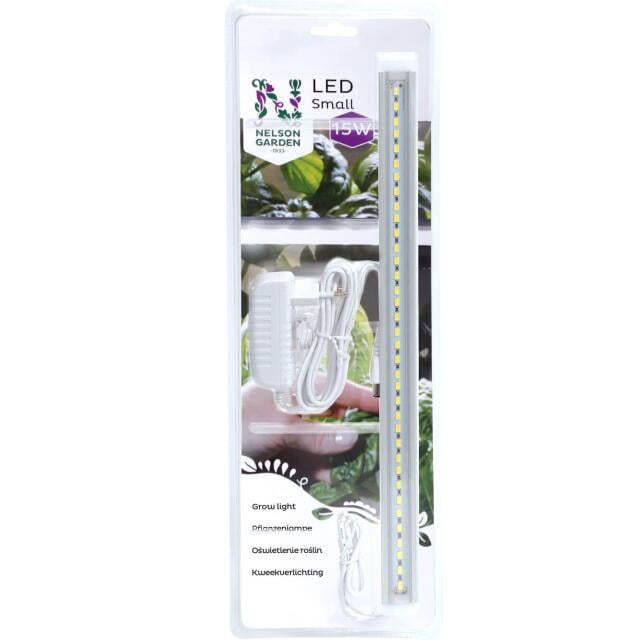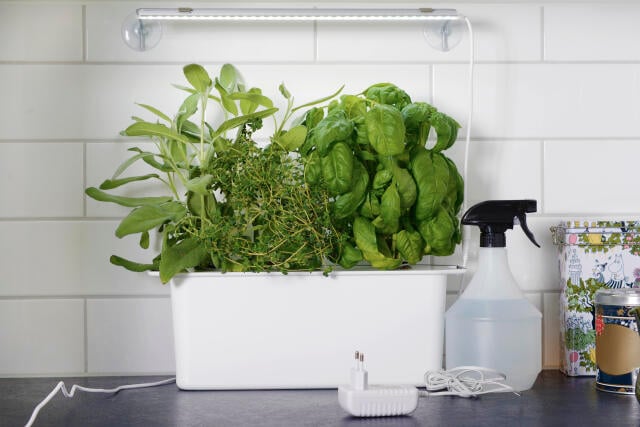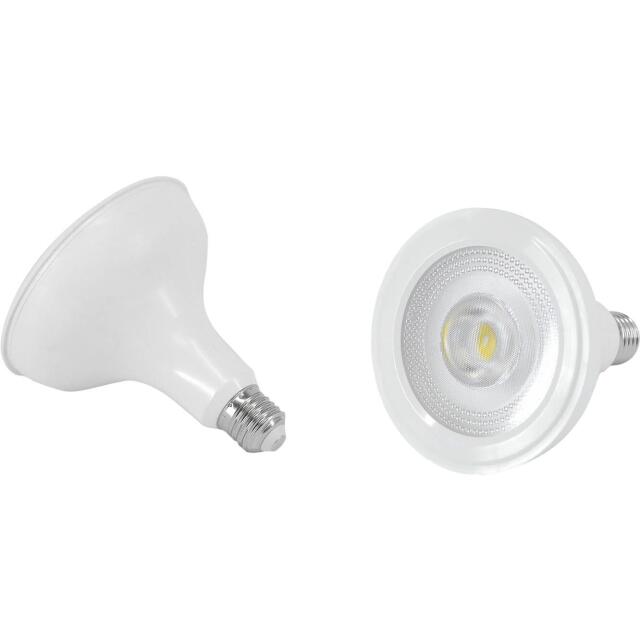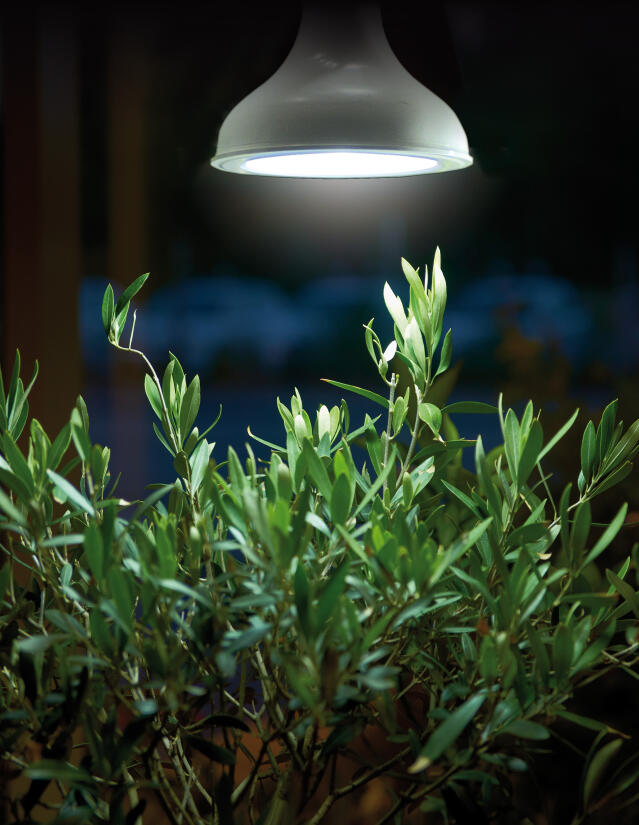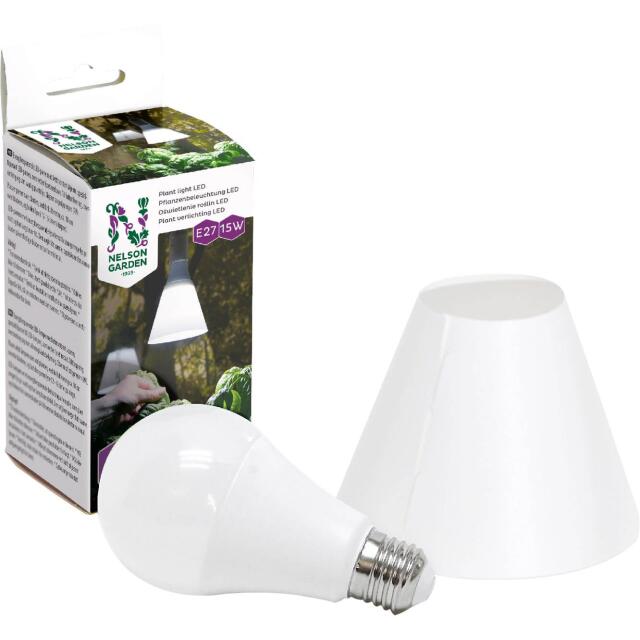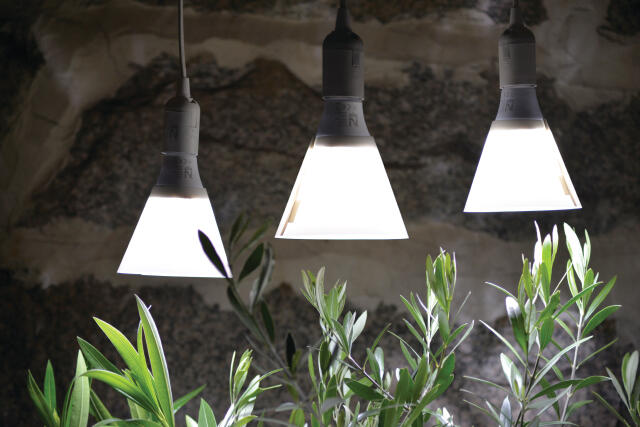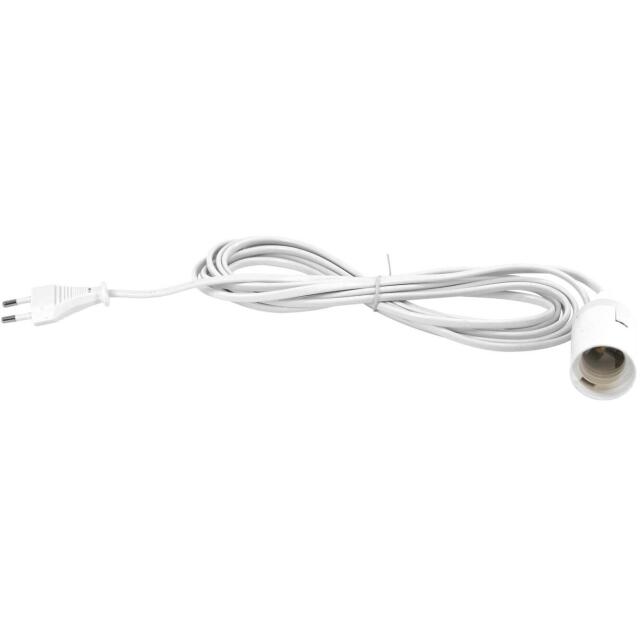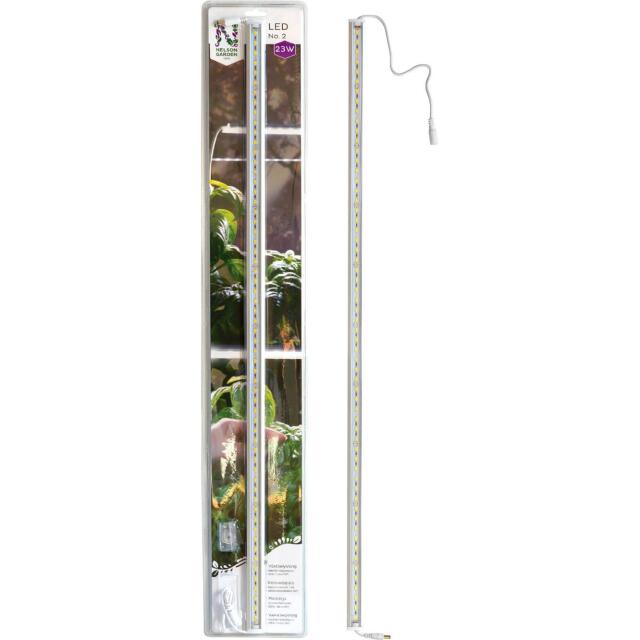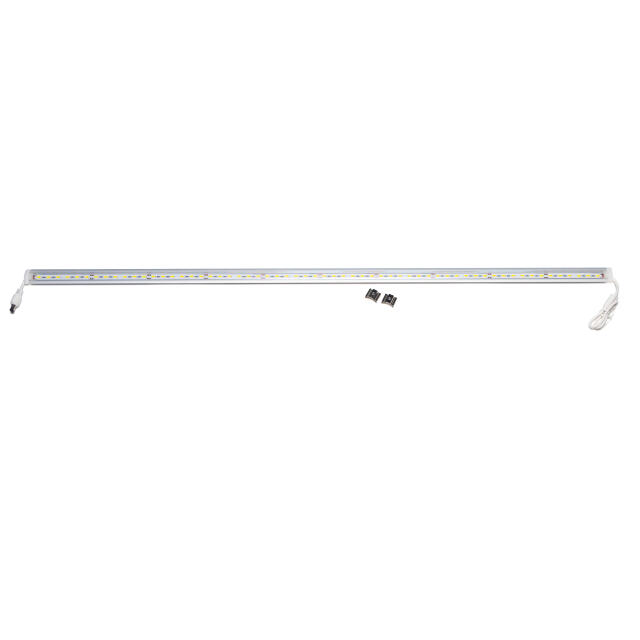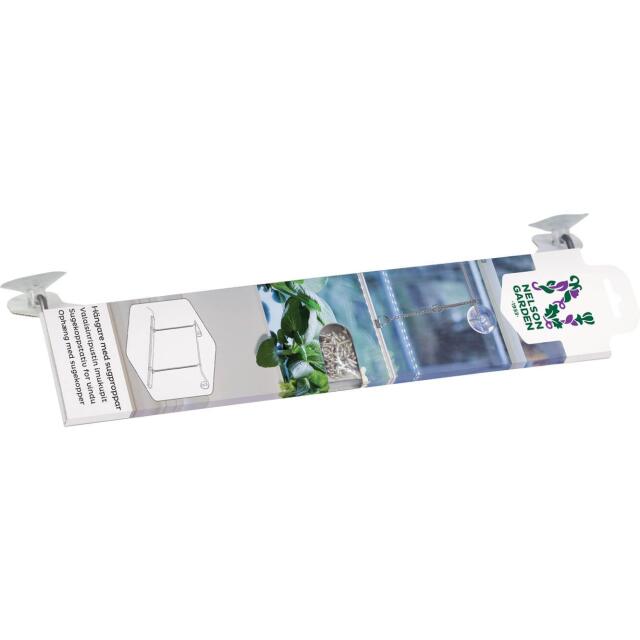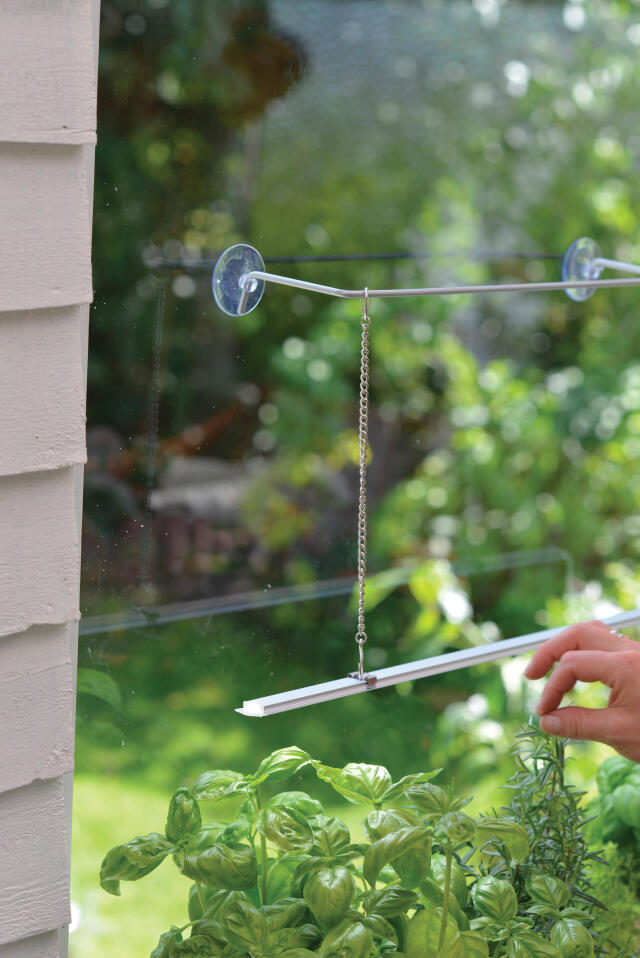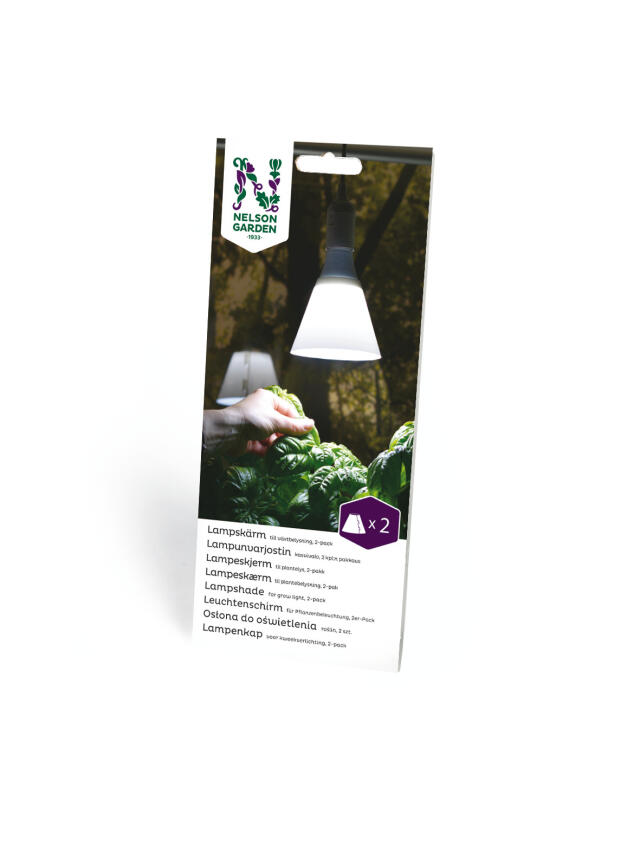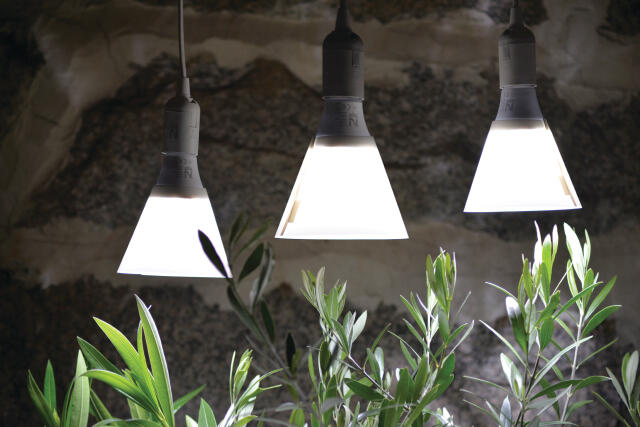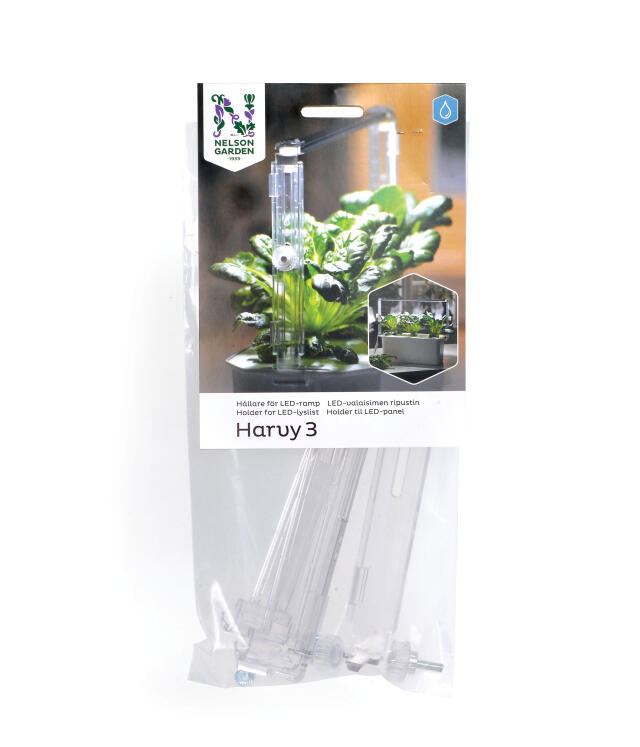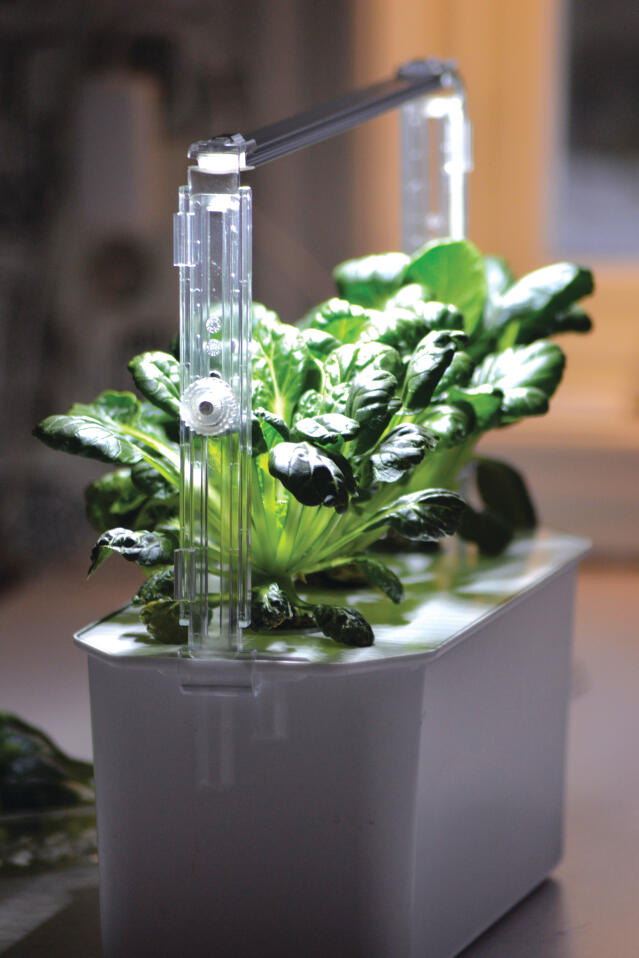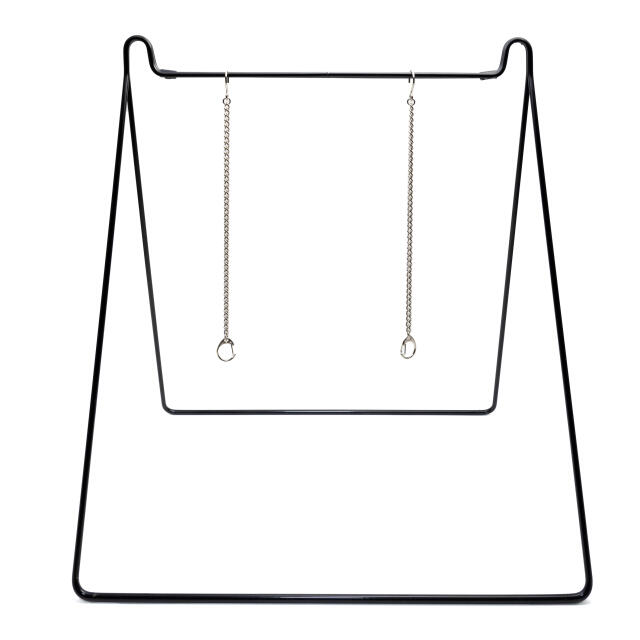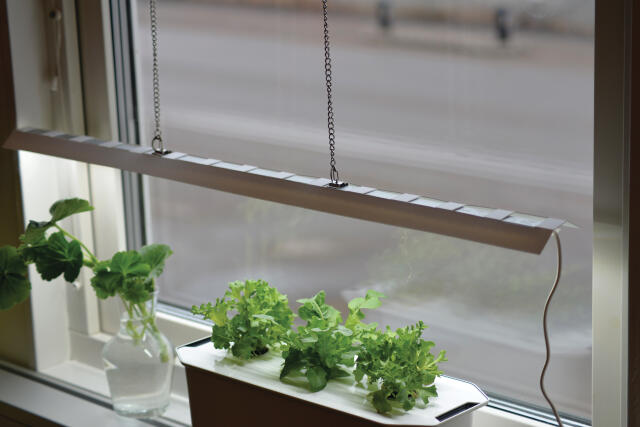How to Propagate Plants from Cuttings
06 December 2021Do you want more plants at home? Propagating plants from cuttings is a fun way to both save money, decorate your home with plants, and as a way to relax and be creative. Here, you will learn the most common techniques for propagating plants from cuttings, and get useful tips along the way to your new green home!
How do I propagate plants from cuttings?
Different plants require different propagation techniques. In some cases, you cut off a branch of the plant, in other cases, you take a leaf. If it’s the first time you propagate from cuttings, coleus and geranium are two perfect plants to start with.
How to propagate using the top cutting technique
This is the easiest and most common way to propagate a plant. This technique can be used for plants where the leaves grow on a stem or branch, for example, hibiscus, coleus, and geraniums. You snip off the top of a branch, just above a pair of leaves. Remove the lower leaves on the cutting, but keep two to four leaves at the top.
How to propagate using the stem cutting technique
This is a great technique for cactuses, like Selenicereus grandiflorus (also known as queen of the night, large-flowered cactus, or vanilla cactus), and Euphorbia trigona (African milk tree).
If using this technique, you cut off a part of a plant's stem. Leave the cut-off piece for a few days for the “wound surface” to dry. This reduces the risk of it rotting. Remember which part of the cut-off piece was the root, as it is the root you will later place into soil, preferably mixed with sand.
How to propagate plants with big leaves
Leaf-cutting is a practical method for plant propagation, as the result is often several new plants from a single leaf. Plants suitable for this technique are, for example, Dracaena trifasciata (snake plant), Begonia, and Saintpaulia (African violets). There are different methods depending on which plant you want to propagate.
For Dracaena trifasciata (snake plant), you cut off a leaf on your plant. Cut the leaf into several parts, a few centimeters wide, and then put them into the soil, and water them.
For the Begonia, cut a leaf off the stem and then divide the leaf into several pieces. How many pieces depends on how big it is; each piece must have so-called leaf veins, as this is where the roots are formed. Put the parts into soil, and water them.
For plants with smaller leaves, like Saintpaulia (African violets), snip off a leaf, plant the entire leaf into soil, and then water it.
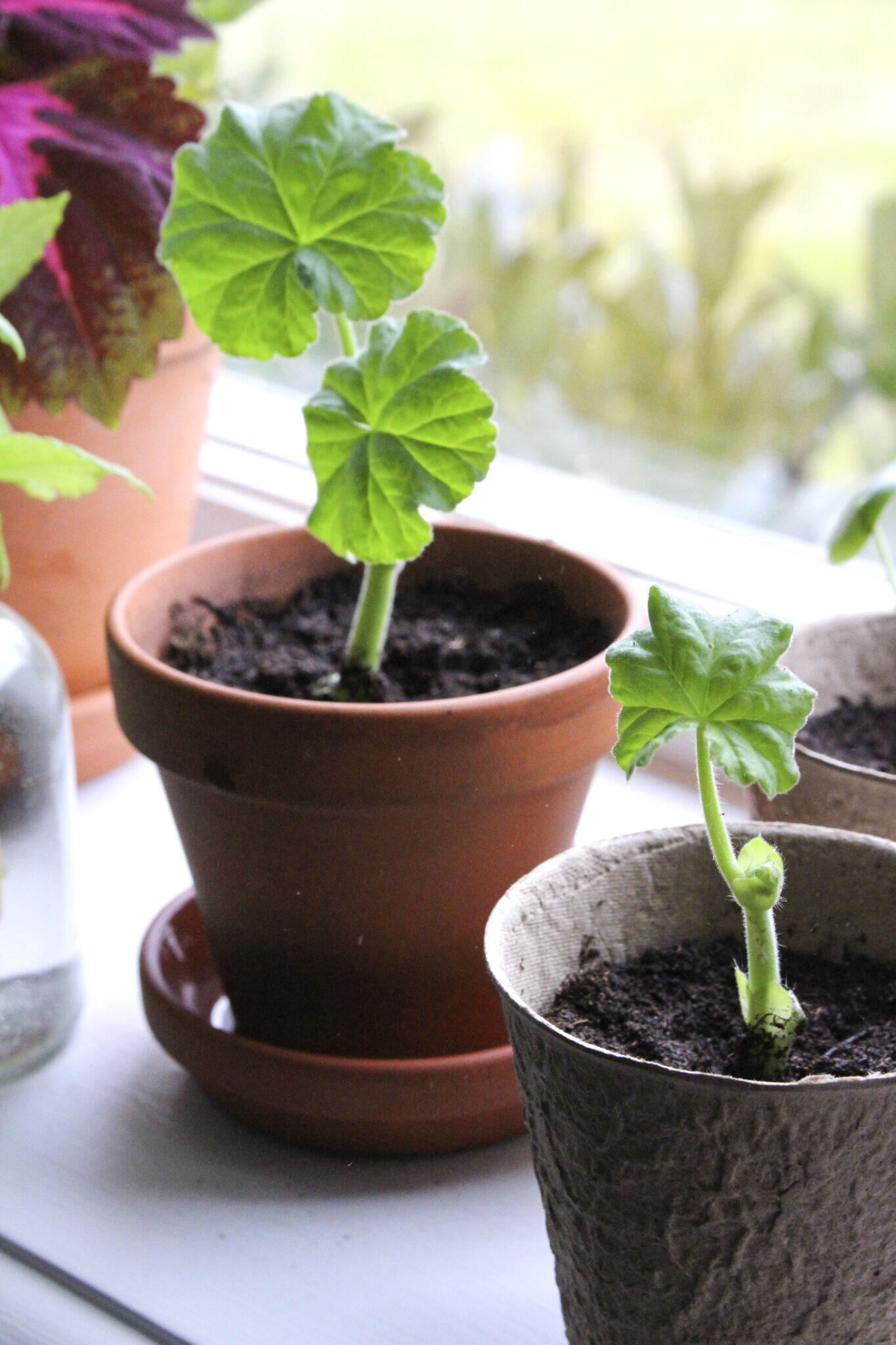
How to propagate spiderettes
If you have a Chlorophytum comosum (spider plant) at home, you might have seen how sometimes, it grows thin, hanging stems from its leaves. These are sometimes called spiderettes. You can snap these off and put them in water. They will relatively quickly form roots that you can plant directly into soil.
How to propagate climbing plants
For climbing plants, for example, Hoya carnosa (porcelain flower or wax plant) and Hedera (Ivy), the best technique is to snap a vine off and cut it into 8-10 cm long pieces. On each piece, remove all the leaves, but keep a few leaves at the top of the vine. If necessary, cut off the stumps that are above the leaves on your cutting. Put the cut-off pieces into soil and water them.
Should I plant the cutting in soil or in water?
It is common, when plant propagating, to place the cutting in water first, before planting in a pot with soil. But actually, there is really no advantage to putting the cuttings in water first. The roots that grow when you put the cuttings in water are called water roots. When the cuttings are replanted in soil, new roots will grow, so-called soil roots, and the water roots no longer have any function.
This means there is no need to place the cuttings in water first, but you can do it if you prefer it. Others prefer to plant the cuttings directly in the soil. Experiment, and find what works best for you!
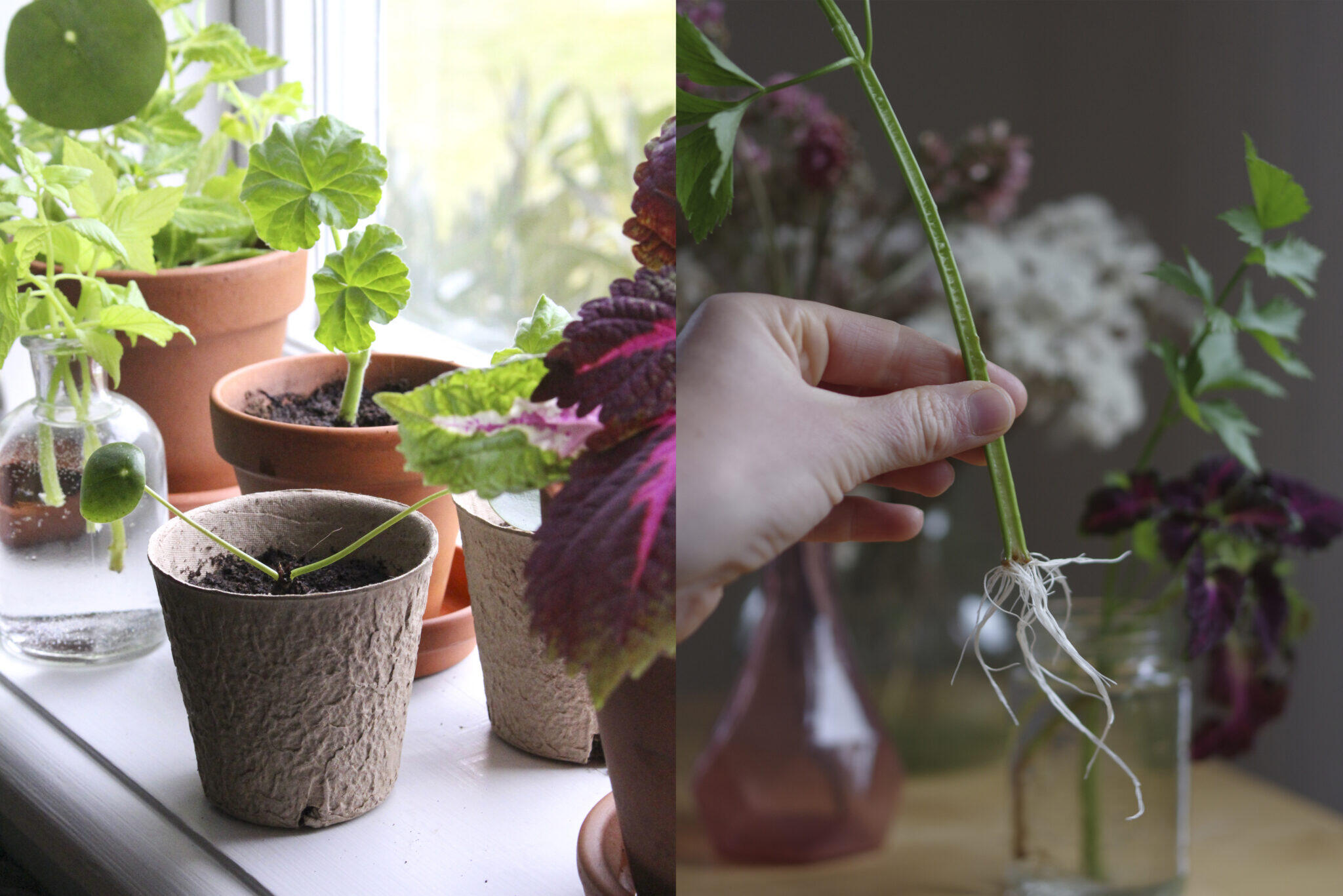
Tips when plant propagating cuttings
When you propagate your plants, remember to use sharp, clean tools, such as scissors, pruners, or knives. Otherwise, bacterias might be transferred to the cuttings which can lead to them dying.
If using the technique of top cuttings, these cuttings can be placed in cultivation plugs. Make the hole in the plug a little deeper and larger and place the cuttings in the hole.
Most cuttings require high humidity, therefore, using a mini greenhouse is a good idea. The best time to propagate plants is from early spring until autumn.
